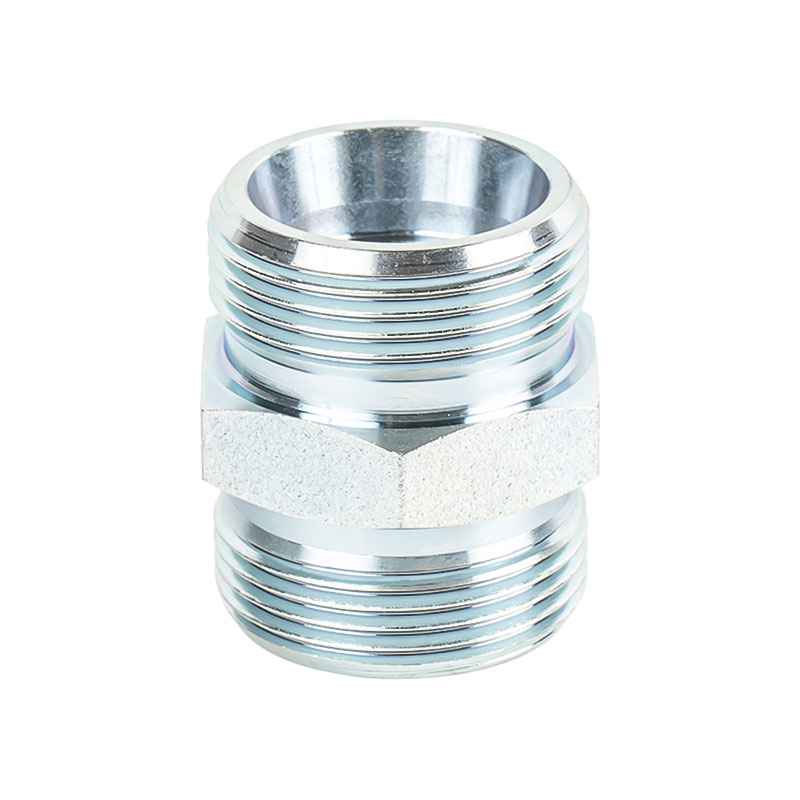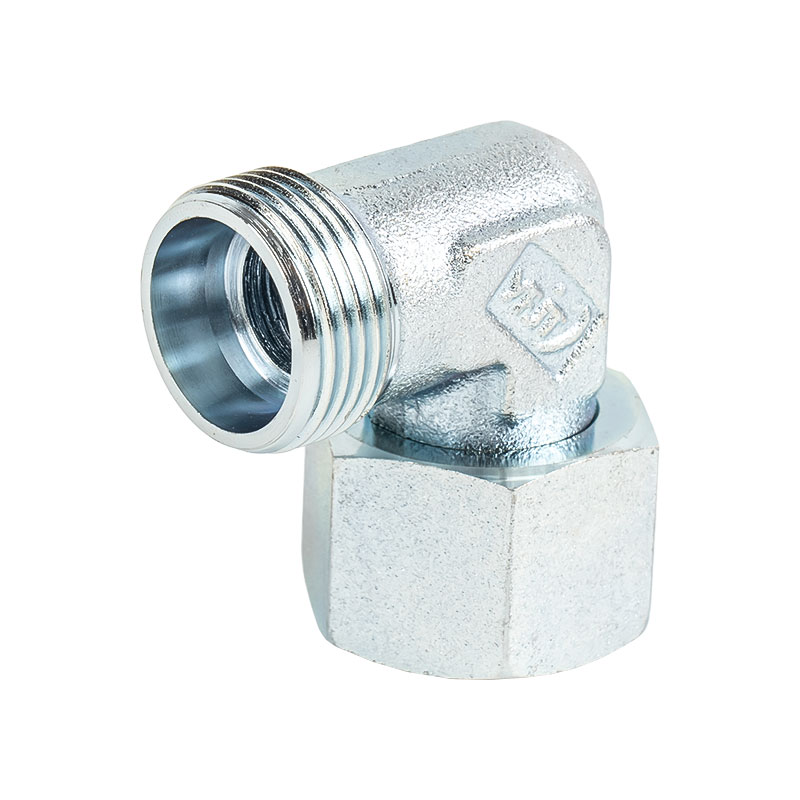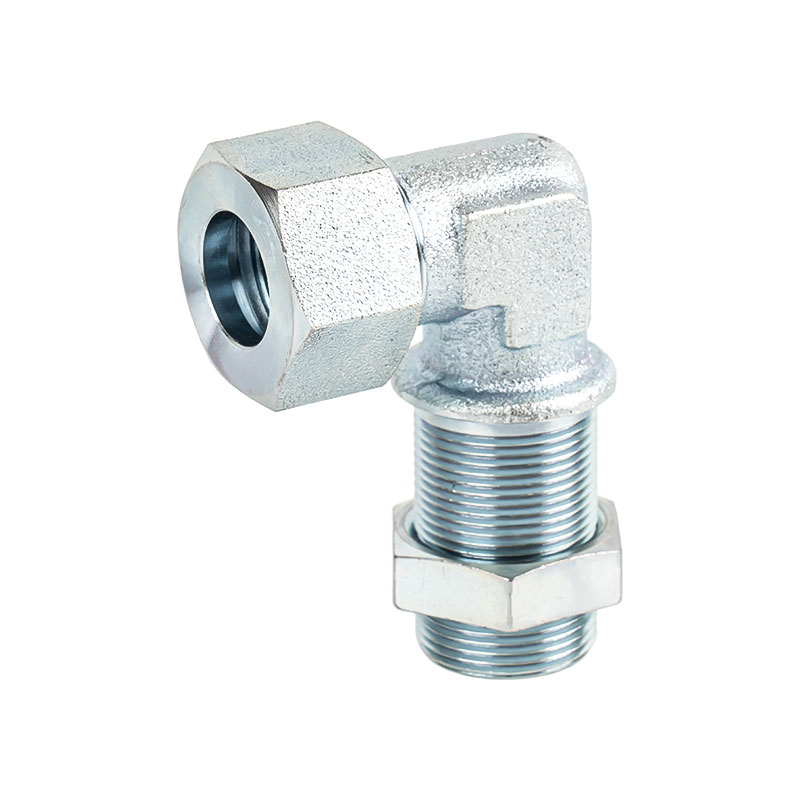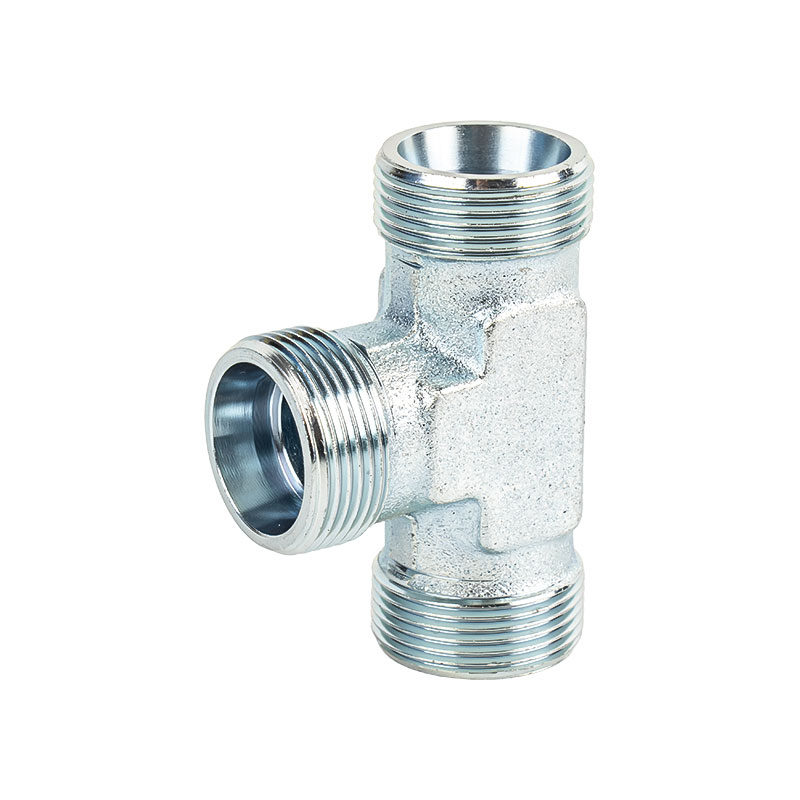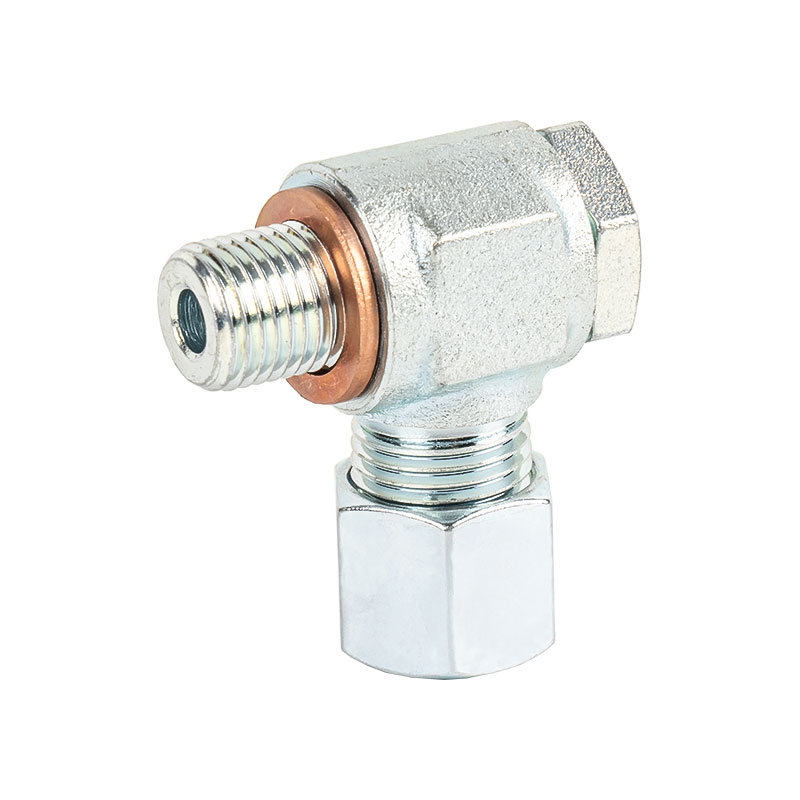Precision-Engineered Modular Cross Fittings are complex industrial pipe fittings that are commonly used in hydraulic and pneumatic systems and fluid control. Precision machining is essential to ensure that they can work stably and for a long time in high pressure, high temperature or corrosive environments.
1. Material selection
In the process of manufacturing Precision-Engineered Modular Cross Fittings, the selection of materials is crucial. The product needs to have high strength, corrosion resistance, wear resistance and other characteristics, so the following materials are usually used.
Stainless steel: Stainless steel has become the preferred material for manufacturing such pipe fittings due to its good corrosion resistance and high strength. Especially in the fields of petroleum, chemical and food processing, which have extremely high material requirements, stainless steel performs well.
Brass: Brass materials are widely used in pneumatic systems because of their wear and corrosion resistance and good machinability.
Alloy steel: Alloy steel materials can provide higher strength and durability under extremely high pressure or special environments.
Choosing the right material determines the performance of the pipe fittings, and also directly affects the subsequent processing and the service life of the finished product.
2. CNC machining (CNC)
The core processing step of Precision-Engineered Modular Cross Fittings is CNC machining (CNC), which is a highly automated and precise processing technology.
Design and programming: Before processing, engineers need to use computer-aided design (CAD) software to create an accurate three-dimensional model. Then, computer-aided manufacturing (CAM) software is used to convert the design into a processing code to guide the CNC machine tool for high-precision cutting and processing.
Rough machining: Before precision machining, rough machining is first performed to remove excess material. The CNC machine tool performs multiple cuts according to the preset program to approach the design shape and size.
Finishing: After rough machining is completed, the CNC machine tool performs finishing with finer cutting tools to ensure that the accuracy of each cross interface reaches the micron-level tolerance. This is a key step to ensure that the pipe fittings are tightly connected in the system.
Internal and external thread processing: Most Precision-Engineered Modular Cross Fittings include threaded parts. CNC machines use special tools to process high-precision internal and external threads to ensure sealing with the pipeline system.
3. Surface treatment process
In order to further improve the durability of Precision-Engineered Modular Cross Fittings, a series of surface treatments are usually performed. Surface treatment can enhance the corrosion resistance of the material and improve its appearance, making it smoother and more beautiful. Common surface treatment processes are as follows.
Nickel/Chrome Plating: Pipe fittings made of stainless steel or brass are usually nickel-plated or chrome-plated to enhance their resistance to oxidation and corrosion. The coating can also effectively prevent the product from rusting in humid environments and improve wear resistance.
Anodizing: For pipe fittings made of aluminum or other lightweight materials, anodizing can improve the surface hardness and corrosion resistance of the material, while forming a protective film to increase durability.
Polishing: Some high-end applications require a smooth polished surface to reduce fluid resistance or ensure that the product is more visually beautiful. The polished pipe fittings are not only as smooth as a mirror, but also further enhance their corrosion resistance.
4. Precision testing and quality control
After processing, Precision-Engineered Modular Cross Fittings must undergo strict quality testing to ensure that each product meets the design requirements and industry standards, which is the key to ensuring its long-term reliable operation in actual applications.
Dimension detection: Use precision measuring instruments, such as coordinate measuring machines (CMMs), to detect whether the size and shape of each pipe fitting are within the designed tolerance range. In particular, the detection of the interface is particularly important to ensure that it can be seamlessly connected with other pipe fittings or systems.
Pressure test: In order to verify the performance of pipe fittings under high pressure environments, pressure tests are carried out. The test applies a higher pressure than the actual working conditions inside the pipe fitting to observe whether there are problems such as leakage or deformation.
Sealing test: In pneumatic and hydraulic systems, sealing is a critical performance indicator. Therefore, pipe fittings must pass a special air tightness test to ensure that they will not leak under high-pressure fluids.
Corrosion resistance test: In order to ensure the stability of the product in a corrosive environment, corrosion resistance tests such as salt spray tests are carried out. Testing tubing under simulated corrosive conditions ensures the effectiveness of its surface treatment.

 中文简体
中文简体